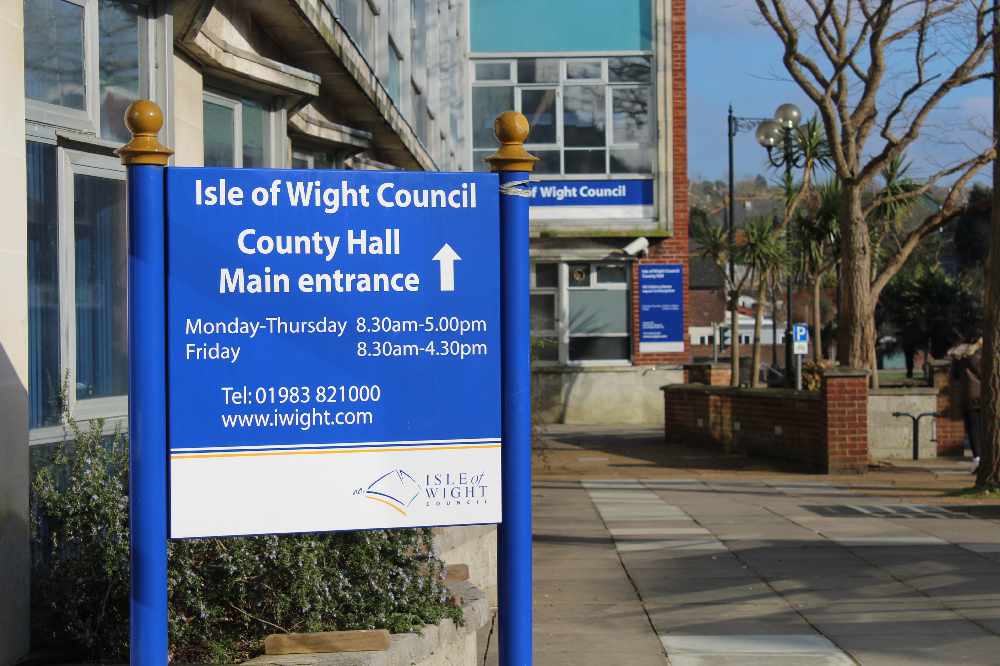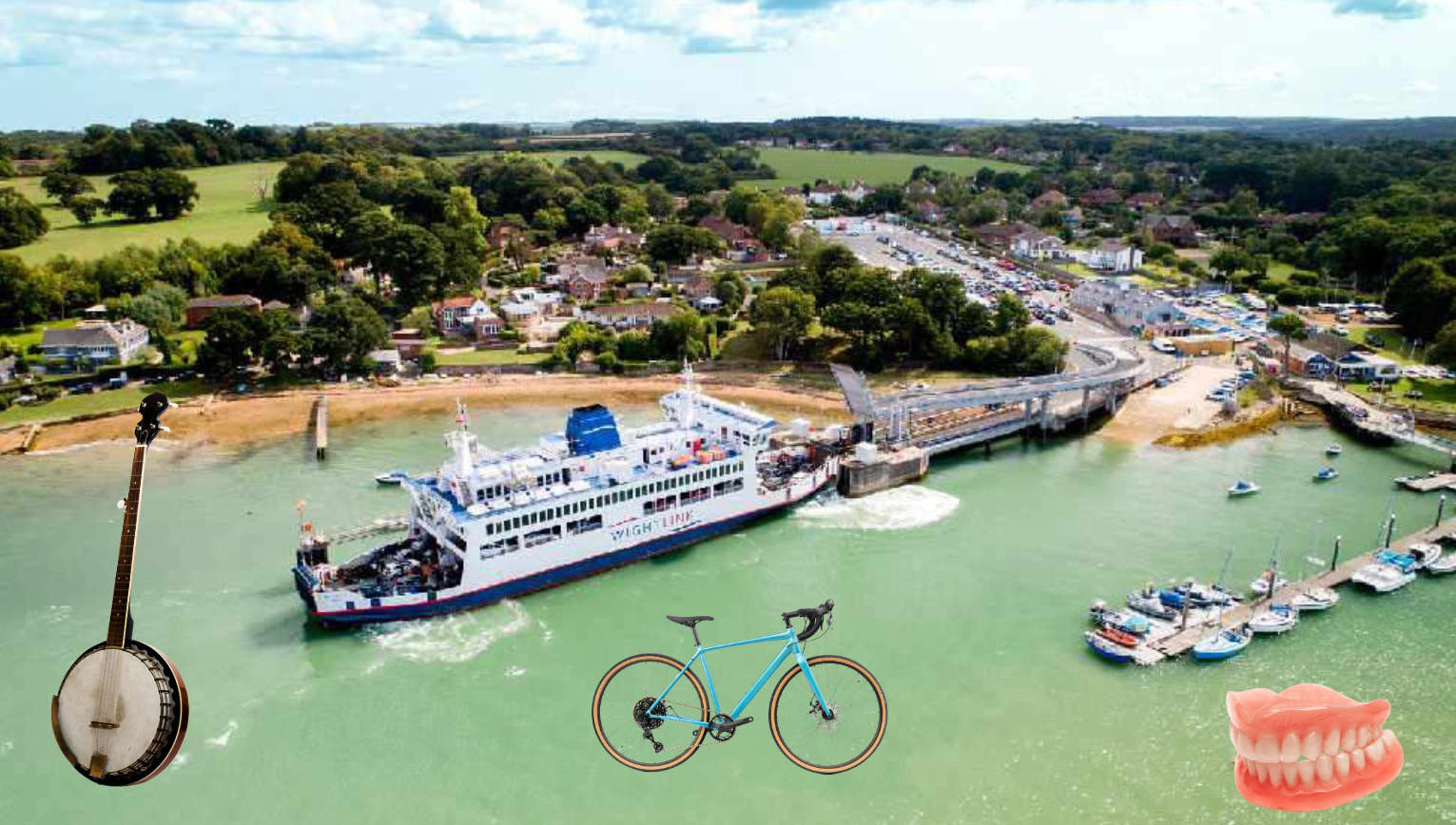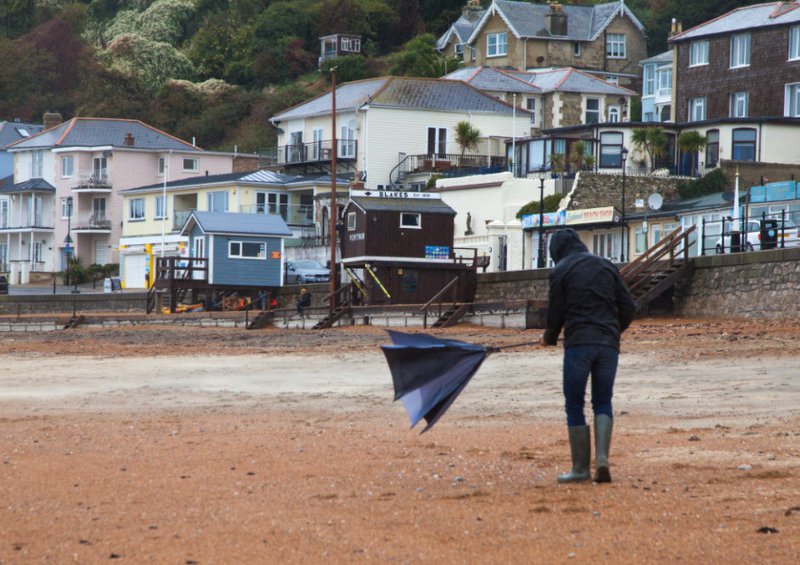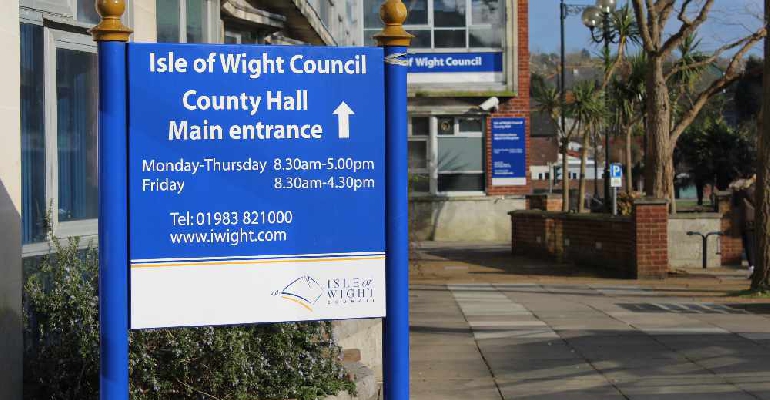
The Isle of Wight’s iconic Military Road could be “washed into the sea” in just two years, a senior council official has said, though the route could have as long as a decade left.
Work is underway to find a solution, after holes opened up alongside the road between Chale and Freshwater and erosion continues to eat away at the cliff, in places just yards from the road.
The Isle of Wight Council’s director of community services, Colin Rowland, said there are effectively only two potential solutions, moving forward:
Re-routing the road further away from the coast; or upgrading existing inland roads to take diverted traffic.
At a meeting of the Isle of Wight Council’s corporate scrutiny committee yesterday (Tuesday, February 6), Mr Rowland said two issues affect the iconic drive: erosion caused by the sea and the formation of chines from the land.
“It could be anything between two and ten years before the Military Road is washed away by the sea”, Mr Rowland said.
“Regardless of any intervention we try to engineer, that is likely to happen.

“Any decision is not just based on the need to protect the natural environment, and economic or social factors, but also on the reality the coast is eroding at such a rate you would not be able to engineer yourself out of that situation.”
Last week, Isle of Wight Council leader, Cllr Phil Jordan said three specific sites are experiencing the “real effects of geological erosion”.
The Afton Down stretch, where voids have appeared, is considered to be relatively stable, but the more immediate concern is between Brook and Compton Farm, he said.
Re-routing the road inland would secure it for a further 20 years or more, Cllr Jordan said, but could cost more than £20 million.
He said the Isle of Wight Council has been in discussion with the National Trust, which owns most of the land, about rerouting and approached the relevant government departments for funding.

 Dash Cam Witness Appeal Launched Following Bembridge Collision
Dash Cam Witness Appeal Launched Following Bembridge Collision
 Consultation On Proposed Primary School Closures Launched Today
Consultation On Proposed Primary School Closures Launched Today
 Appeal Following Collision In Bembridge
Appeal Following Collision In Bembridge
 Call For Islanders To Support Their Local Hospital And Get Vaccinated
Call For Islanders To Support Their Local Hospital And Get Vaccinated
 Isle Of Wight Council Unveils Plans For Public Transport Improvements
Isle Of Wight Council Unveils Plans For Public Transport Improvements
 Apply Now For Grant Funding To Help Strengthen Family Support On The Isle Of Wight
Apply Now For Grant Funding To Help Strengthen Family Support On The Isle Of Wight
 More Charities Receive Major Island Roads Funding Boost
More Charities Receive Major Island Roads Funding Boost
 From False Teeth To Cuddly Toys: What Do Forgetful Passengers Leave Behind On Wightlink’s Ferries?
From False Teeth To Cuddly Toys: What Do Forgetful Passengers Leave Behind On Wightlink’s Ferries?
 Pensioner Arrested Following Serious Collision In Sandown
Pensioner Arrested Following Serious Collision In Sandown
 Flood Alert Issued For Isle of Wight Coast As Stormy Weather Arrives
Flood Alert Issued For Isle of Wight Coast As Stormy Weather Arrives
 Here's Where You Can Dispose Of Your Real Christmas Tree
Here's Where You Can Dispose Of Your Real Christmas Tree
 Casualty Recovered After St Boniface Down Incident
Casualty Recovered After St Boniface Down Incident
 Green Homes Events: Could Your Home Benefit From Energy Improvements?
Green Homes Events: Could Your Home Benefit From Energy Improvements?
 Four Community Projects To Receive Major Grants To Continue Their Work
Four Community Projects To Receive Major Grants To Continue Their Work
 Emergency Services Called To Three-Vehicle Arreton Crash
Emergency Services Called To Three-Vehicle Arreton Crash
 Inspirational Jack Takes On New Year Endurance Challenge For CALM
Inspirational Jack Takes On New Year Endurance Challenge For CALM
 Full Council To Debate Devolution And Potential Election Delay Amid Tight Government Deadlines
Full Council To Debate Devolution And Potential Election Delay Amid Tight Government Deadlines
 Newport's Isorropia Foundation To Complete Purchase Of Medina Valley Centre Following £1m Award
Newport's Isorropia Foundation To Complete Purchase Of Medina Valley Centre Following £1m Award
 Memorial Held Following Death Of Kezi's Kindness Founder Nikki Flux-Edmonds
Memorial Held Following Death Of Kezi's Kindness Founder Nikki Flux-Edmonds


